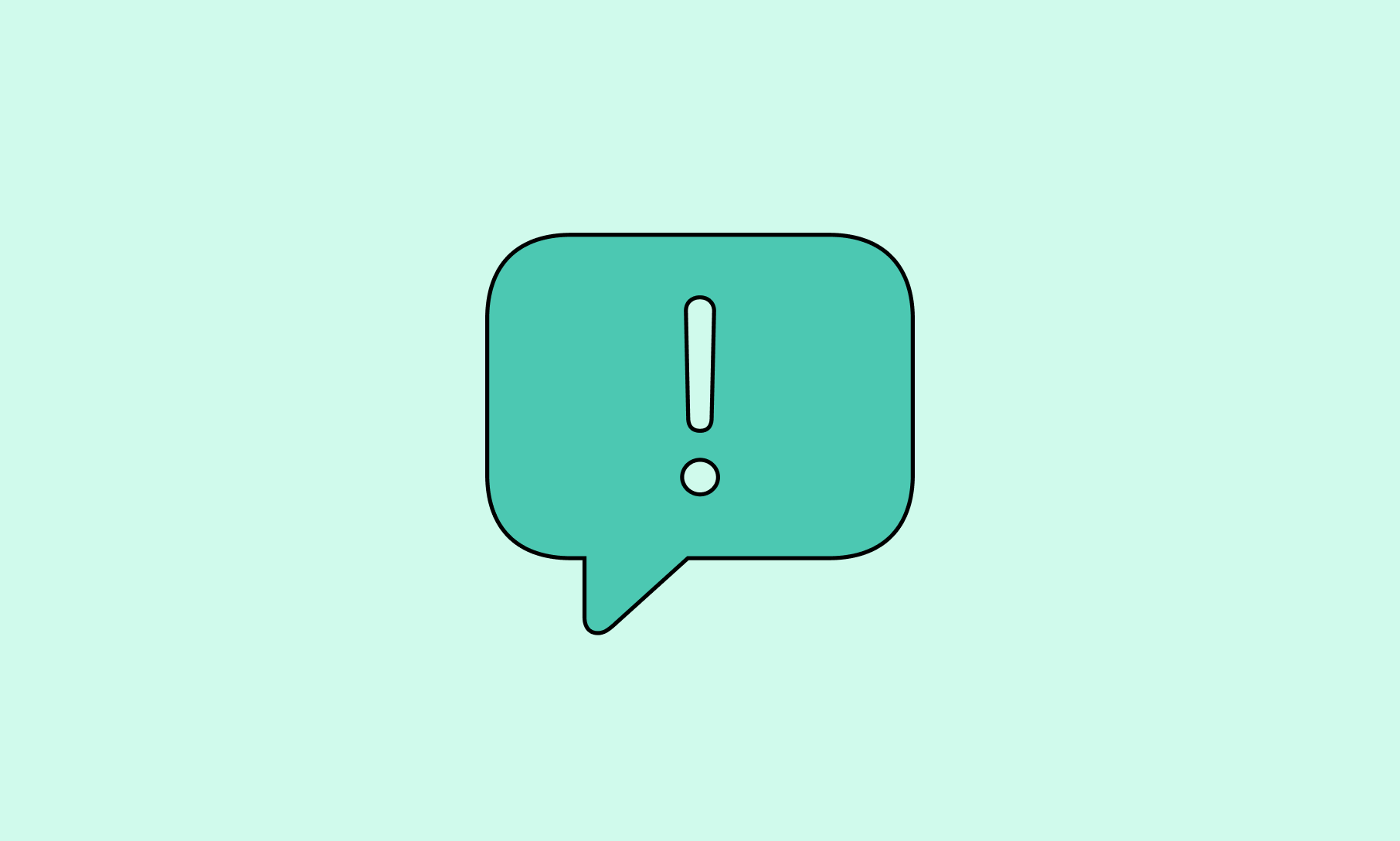Artificial Intelligence (AI) is redefining the landscape of UI (User Interface) and UX (User Experience) design.
AI is set to influence not just the aesthetics of digital products but also how designers approach problem-solving to enhance usability.
In this article, we explore the emerging trends in AI-driven UI/UX design and their implications for businesses and design professionals.
1. Hyper-Personalization as the Standard
Gone are the days of one-size-fits-all interfaces. AI has made personalization not just possible, but expected. Through techniques like machine learning and predictive algorithms, systems can now tailor user experiences in real time. For instance, streaming platforms such as Netflix or Spotify use AI to recommend content based on individual user behaviors, habits, and preferences.
This trend is pushing designers to think granularly, considering the needs of each persona at every touchpoint. From dynamic themes that change based on user moods to intelligent dashboards that adapt based on work habits, hyper-personalization has become the gold standard. It’s no longer just about accessibility or functionality—it’s about curating an experience that feels uniquely crafted for the individual.
Implication for Businesses
For businesses, hyper-personalization improves engagement, customer satisfaction, and retention. The challenge, however, lies in earning user trust by being transparent about how personal data is used.
2. Voice-Driven Interfaces Take Center Stage
The adoption of voice technology like Alexa, Siri, and Google Assistant is steadily transforming UI/UX norms. As speech recognition and natural language processing (NLP) grow more accurate and intuitive, users are increasingly engaging with technology through voice commands rather than traditional touch or type.
By 2025, voice interfaces have expanded beyond smart assistants and are now widely integrated into mobile apps, smart devices, and even websites. For instance, e-commerce platforms allow users to search and shop via conversational interfaces, reducing friction and making tasks feel more natural. The focus on voice has shifted UI design toward simplicity—clear, actionable responses and minimal visual clutter.
Implication for Designers
Designing for voice involves a deep understanding of language, tone, and context. Brands need to ensure their voice experiences align with their identity while making room for user variations in accent, speech patterns, and languages.
3. Ethical Design in AI-Driven Experiences
Concerns about AI bias, data privacy, and transparency have brought ethics to the forefront of UX discussions. Users are increasingly aware of how algorithms work and demand accountability from the technologies they use. For designers and developers, this means creating experiences that are not only efficient but also equitable and transparent.
Ethical design manifests in features like opt-in data settings, explainable AI (where algorithms provide clear, easy-to-understand reasons for actions), and inclusive testing that eliminates bias. For instance, photo-editing applications are now assessed based on how well they cater to diverse skin tones, ensuring functionality and fairness for all users. Ethical AI is not just a moral imperative—it’s good business.
Implication for Businesses
Investing in ethical AI design builds trust and strengthens brand reputation. Companies that prioritize fairness and privacy put themselves ahead in a competitive marketplace.
4. AI-Driven Prototyping is Revolutionizing Design Workflow
AI is not just enhancing user experiences; it’s streamlining the way designers work. One standout development is the rise of AI-driven prototyping tools like Adobe XD and Figma’s AI plugins. These tools analyze requirements and generate design suggestions, automate repetitive tasks, and even simulate user journeys based on data inputs.
By 2025, AI tools have matured to the point where designers can collaborate with AI as creative partners. Prototypes that once required hours of manual layout can now be assembled in minutes, complete with interactions and suggested color palettes. This shift is reducing iteration cycles, freeing up designers to focus on creativity and complex problem-solving.
Implication for Designers
AI in prototyping means less time spent on trial-and-error and more time delivering meaningful, data-backed design solutions. Designers must, however, maintain a balance—using AI without sacrificing the human touch that makes experiences resonate emotionally.
5. Seamless Multi-Device Experiences
Users today are not confined to a single platform, and AI is driving the push for seamless multi-device interactions. Whether it’s shifting tasks from a smartphone to a smartwatch or coordinating between a connected car and a smart home, AI is enabling unified, synchronous experiences.
For example, imagine transitioning a video call from your laptop to your smart TV with AI automating the handoff based on context. These experiences rely on intelligent ecosystems where AI predicts the user’s next move and streamlines the process for fluid transitions.
Implication for Businesses
Businesses offering multi-device experiences capture a more engaged audience. For instance, fitness brands providing integrated experiences across apps, wearables, and gym equipment strengthen customer loyalty and create cohesive ecosystems.
6. Emotional AI and Sentiment Analysis
AI is becoming better at understanding human emotions through sentiment analysis, voice modulation, and facial recognition. Known as "emotional AI," this technology is pushing the UX envelope by creating interfaces that can adapt to the user’s emotional state.
Consider customer service bots that detect frustration in a user’s tone and adjust their responses accordingly, displaying empathy and offering enhanced support. Emotional AI can also power health apps, recognizing signs of stress or fatigue and providing interactive exercises or recommendations to improve a user’s mental state.
Implication for Designers
Designers must craft experiences that blend technical functionality with empathy, ensuring emotional AI complements the interface without crossing privacy boundaries.
Closing Thoughts
The intersection of AI and UI/UX represents a new frontier in design. From hyper-personalized interfaces to ethically grounded AI experiences, these trends are reshaping everything, from how we approach design challenges to how users engage with products.
At Koi, we are redefining what human-centered experiences mean in the age of AI. Want to design an intuitive UX for your AI product? We can help! Chat with us today to find out more.





